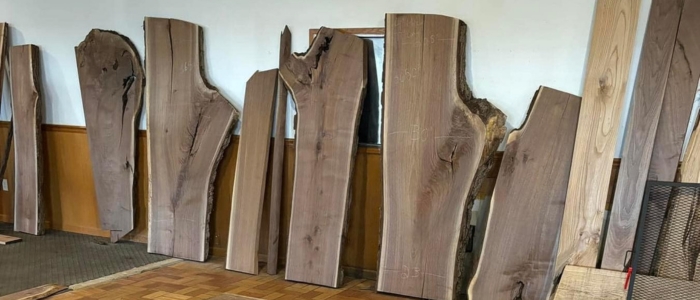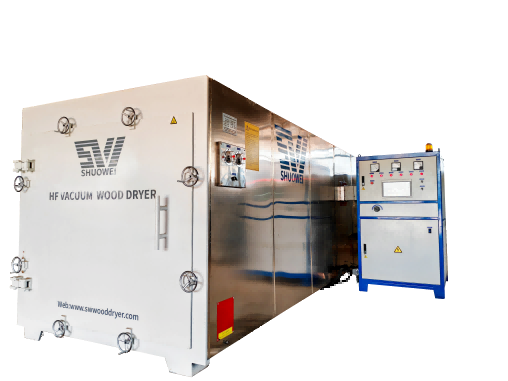The woodworking industry faces a significant challenge with drying fresh cut lumber, or green wood, which contains high moisture content, often exceeding 100% of its dry weight. Proper drying is critical to prevent issues like fungal growth, warping, and cracking. How long does fresh cut lumber need to dry? Comparative drying methods, including air drying, conventional kiln drying, and the latest high-frequency vacuum drying kiln (HFV), have differing impacts on drying times and wood quality.

Air Drying:
Air drying is a traditional technique where lumber is stacked in a well-ventilated space to allow natural air flow to gradually reduce its moisture content. Though cost-effective, air drying is the slowest method. Drying times for air drying are significantly longer, often extending to several months or even years, depending on the wood species and environmental conditions.
Here we use the example of freshly cut wood with a moisture content of 70% MC.
- 2’’ Oak: 6-24 months
- 2’’ Black Walnut: 6-18 months
- 2’’ Pine Wood: 4-12 months
While straightforward, air drying is weather-dependent and can result in uneven drying, leading to potential defects like warping or cracking.
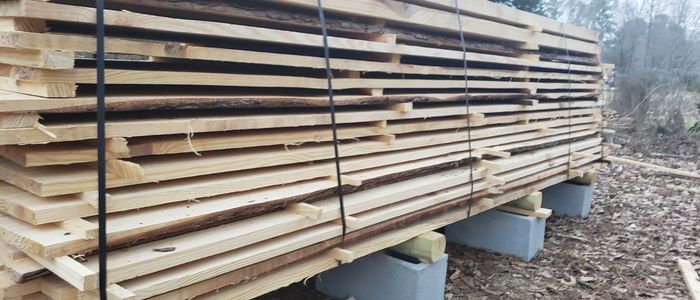
Conventional Kiln Drying:
Kiln drying employs regulated heat and humidity to speed up the drying process relative to air drying, substantially cutting down the drying period from months to just weeks. Typical kiln drying times are:
- 2’’ Oak: 2-6 months
- 2’’ Black Walnut: 2-4 months
- 2’’ Pine Wood: 1-2 months
Although faster and more controlled than air drying, kiln drying can be energy-intensive and costly. Proper management of drying schedules and conditions is essential to prevent defects such as case hardening, where the surface dries too quickly, trapping moisture inside.
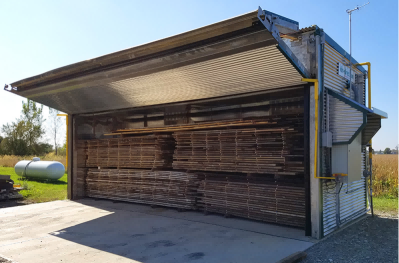
High-Frequency Vacuum (HFV) Drying:
The latest innovation in lumber drying technology is high-frequency vacuum (HFV) drying. HFV drying utilizes high-frequency electromagnetic fields and vacuum pressure to accelerate the drying process. This method significantly reduces drying times and ensures more uniform moisture content throughout the lumber. Typical HFV drying times are:
- 2’’ Oak: 7-9 days
- 2’’ Black Walnut: 6-7 days
- 2’’ Pine Wood: 3-4 days
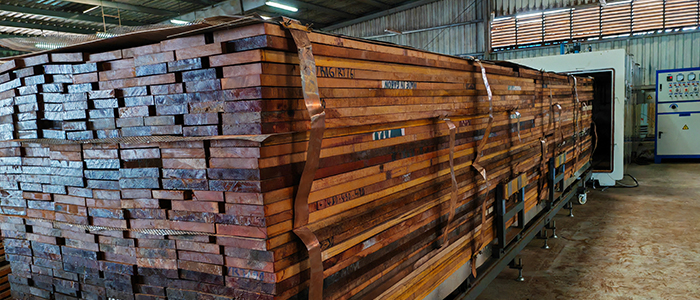
Advantages of HFV Drying:
- Speed: HFV drying drastically reduces the drying time from months to just a few weeks or even days, making it the fastest method available.
- Uniformity: This process ensures even drying, minimizing the risk of defects such as warping and cracking.
- Energy Efficiency: Despite the need for specialized equipment, HFV drying is more energy-efficient compared to conventional kiln drying.
Drying Considerations:
When drying lumber, factors such as initial moisture content, wood species, thickness, dimensions, and environmental conditions must be considered. After drying, lumber is often treated with preservatives to protect against decay, insects, and fungi. Chemical preservatives applied through dipping, brushing, or pressure treatment provide long-term protection, whereas natural preservatives like linseed or tung oil offer some protection but are generally less effective.
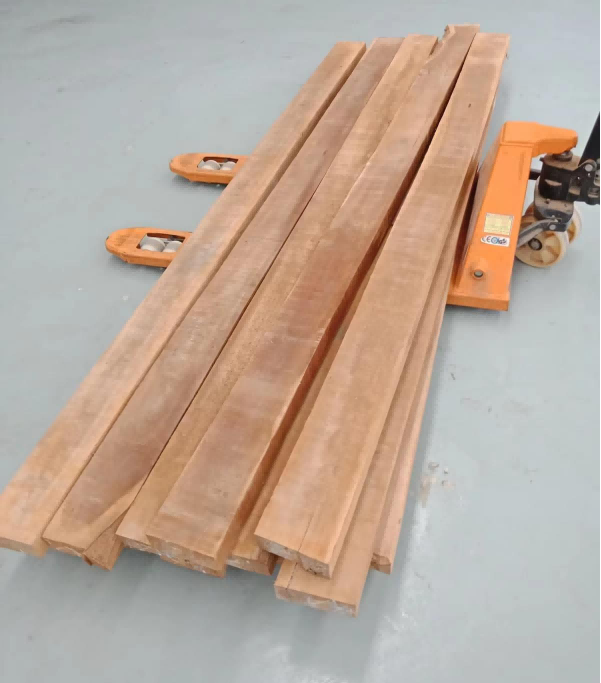
Tips and Recommendations:
- Patience and Planning: For those opting for air drying, ensure the drying area is well-ventilated and protected from the elements.
- Proper Stacking: Use spacers between boards to promote even airflow and avoid direct ground contact.
- Monitoring: Regularly check moisture levels with a moisture meter to avoid over-drying or under-drying.
- Quality Control: Inspect lumber for defects and address issues promptly.
The advent of high-frequency vacuum drying represents a significant leap forward in lumber drying technology, offering unparalleled speed and quality. This method stands to revolutionize the woodworking industry, providing high-quality, durable lumber ready for any project in a fraction of the traditional drying time.
If you want to know more about specifically how long does fresh cut lumber need to dry, contact us today!

